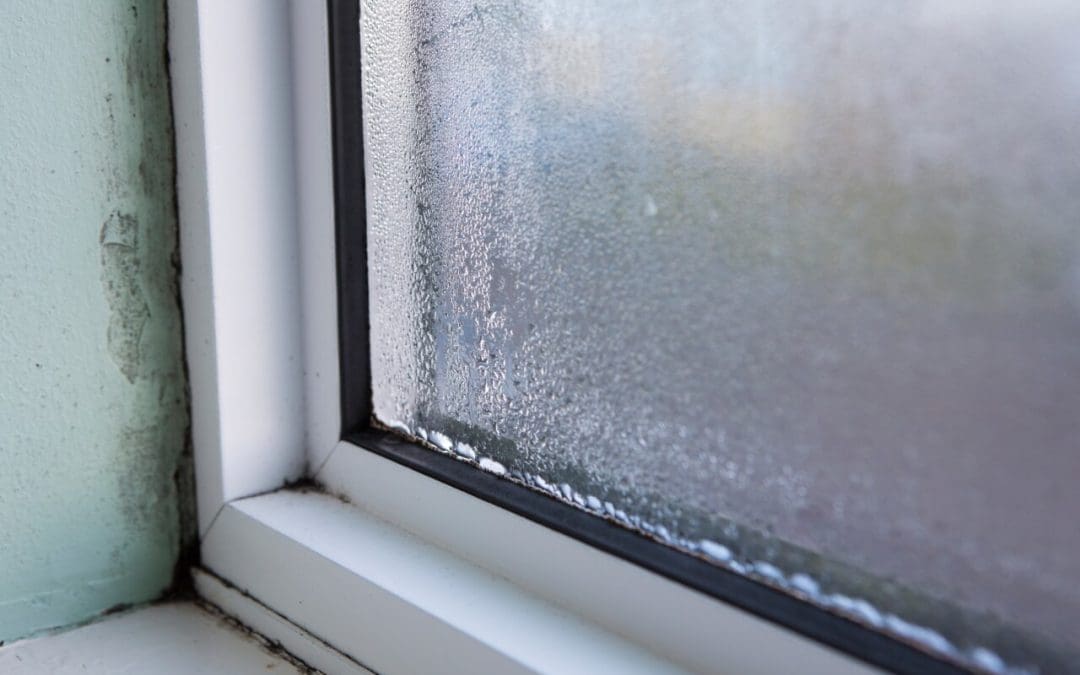Moisture can be a minor issue or a significant threat to homes. Identifying and addressing moisture is crucial to maintaining the structural integrity of your home and ensuring a healthy living environment. This blog post will guide potential homeowners through the common signs of moisture problems in the home, their causes, and practical solutions.
Recognizing the Signs of Moisture Problems in the Home
Moisture problems in a home manifest in various ways; some are more obvious than others. One of the most visible signs is the presence of mold or mildew, which often appears as black, green, or white patches with a musty odor. Another clear indicator is water stains or discolorations on walls, ceilings, or floors. Peeling paint or wallpaper also suggests moisture issues, often caused by water infiltrating wall spaces or surface condensation.
Less obvious signs include a general sense of dampness in the air, often accompanied by a musty smell. This indicates poor ventilation or high humidity within the house. Excessive condensation on windows, especially during colder months, is a telltale sign that the home’s moisture levels are imbalanced.
Common Causes of Moisture in Homes
Understanding the root causes of moisture in a home is essential for effective management and prevention. One primary source is water intrusion, which occurs through leaks in roofs, windows, or pipes. Poorly sealed or damaged foundations and basements are common entry points for ground moisture, leading to damp conditions that permeate entire homes.
Another significant source of moisture is everyday activities like cooking, bathing, and drying clothes indoors, especially when homes are not adequately ventilated. HVAC systems also contribute to moisture problems if not properly maintained. Poor insulation and inadequate vapor barriers allow moisture to condense within walls, attics, and ceilings, exacerbating the problem.
Solutions for Moisture Control
Addressing moisture issues requires a combination of immediate actions and long-term strategies. For immediate relief, identify and repair leaks in the roof, walls, or plumbing systems. Ensure that gutters and downspouts are clean, directing water away from the foundation. Using dehumidifiers and improving ventilation will help reduce humidity levels for interior moisture.
Long-term solutions involve enhancing the home’s ability to handle moisture. This might include upgrading or repairing the HVAC system to improve air circulation and moisture control. Installing vapor barriers in crawl spaces, basements, and attics prevents ground moisture from rising into living spaces. Making sure that bathrooms and kitchens are well-ventilated mitigates moisture buildup from daily activities.
Preventative Measures
Preventative maintenance is key to avoiding the pitfalls of moisture damage. Regularly inspecting your home for signs of moisture and addressing them promptly will save you from costly repairs and health issues. This includes checking the integrity of seals around windows and doors, maintaining roofing and plumbing, and confirming that landscaping does not direct water toward the house.
Understanding and managing moisture in your home is crucial for maintaining its structural integrity and the health of its occupants. Incorporate moisture control into your routine home maintenance to enhance the longevity and comfort of your home. By staying vigilant and proactive, you will protect your investment and enjoy a healthier living environment.
FAQs on Moisture Problems in the Home
What is the ideal indoor humidity level to prevent moisture problems?
The ideal indoor humidity level should be between 30% and 50%. This range helps prevent condensation on windows and the growth of mold.
How often should I inspect my home for moisture issues?
Inspecting your home at least twice a year, ideally in spring and fall, is a good idea. This will help identify potential problems before they become severe.
Can plants in my home contribute to moisture problems?
Yes, plants release moisture into the air through transpiration. While having houseplants can improve indoor air quality, excessive numbers or very large plants may contribute to higher humidity levels.
What should I do if I find mold in my home?
If you find small amounts of mold, you can clean it with a solution of water and mild detergent. However, hiring a professional to remove larger infestations or if you’re sensitive to mold is best.
Sterling Mold Investigations offers professional mold inspection and testing to the Denver Metro and Boulder areas. Contact us to request an inspection.

